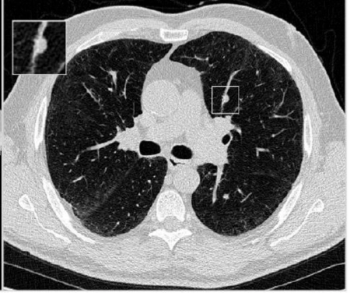
Researchers suggest that an artificial intelligence (AI)-powered risk stratification tool for lung nodules identified on computed tomography (CT) scans may identify likely malignancies more than one year prior to definitive diagnosis.


Researchers suggest that an artificial intelligence (AI)-powered risk stratification tool for lung nodules identified on computed tomography (CT) scans may identify likely malignancies more than one year prior to definitive diagnosis.

The automated measurement of heart ventricle diameters and detection of potential dilation in the right ventricle may facilitate quicker intervention in cases of pulmonary embolism.
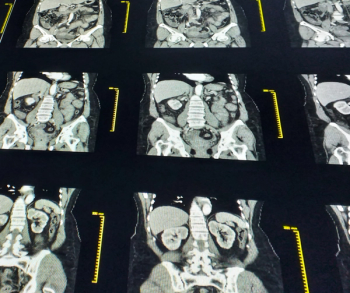
Emerging research findings suggest the use of single-encounter thoraco-abdominopelvic computed tomography (CT) per 1,000 trauma-related emergency department (ED) visits more than quadrupled for minor injuries and more than doubled for intermediate injuries from 2011 to 2018.
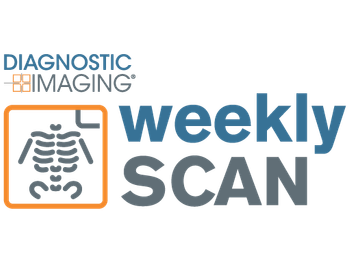
Catch up on the top radiology content of the past week.

Researchers showed the deep learning system had an area under the curve (AUC) ranging from 87 percent to 91 percent in two test sets for diagnosing solid pancreatic lesions of any size and cystic lesions 1 cm or larger on high-contrast computed tomography (CT).

Well known for her education and advocacy on the use of computed tomography (CT) colonography for colorectal cancer screening, Dr. Yee is also widely recognized for her leadership, mentoring skills and being a champion for diversity in the field of radiology.

Catch up on the top radiology content of the past week.

The combination of magnetic resonance imaging (MRI) and computed tomography (CT) had a 63.83 percent sensitivity rate for tumor-infiltrated axillary lymph nodes in patients with breast cancer in comparison to a 36.11 percent sensitivity rate for the combination of mammography and sonography.

Canon Medical Systems offer a range of in-person and virtual educational opportunities for their clients.

Catch up on the top radiology content of the past week.

Catch up on the top radiology content of the past week.

A recent study found the use of an alert and a request for more clinical information in a multisite health system’s electronic health record (EHR) system led to a 12 percent reduction in contrast-enhanced computed tomography (CT) exams per day and a 15.2 percent reduction in orders for CT with contrast media per day.
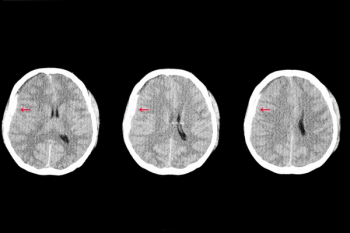
Viz.ai said the Viz Subdural Hematoma (SDH) artificial intelligence (AI) algorithm provides automatic detection of acute and chronic subdural hemorrhages, facilitating timely triage and treatment of patients.

Has an overly critical approach from quality assurance committees led to an overly cautious approach in reports from teleradiologists?

Catch up on the top radiology content of the past week.
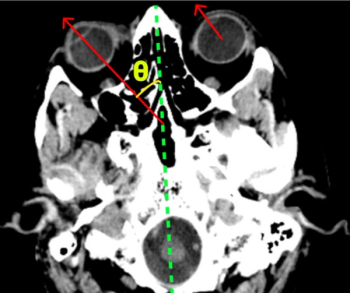
Artificial intelligence (AI) accurately diagnosed 79 percent of proximal large vessel occlusions with an ipsiversive gaze deviation on non-contrast computed tomography (CT), according to new research findings presented recently at the Society of Neurointerventional Surgery’s (SNIS) 19th Annual Meeting in Toronto.
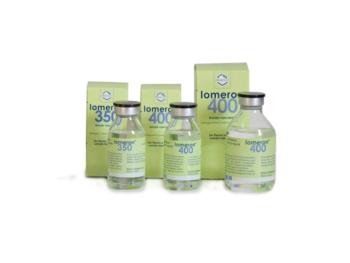
The imaging agent is approved for use in 50 countries in Europe and Asia, but is not currently approved in the US.

Catch up on the top radiology content of the past week.

In a video interview, Morris Panner, the president of Intelerad Medical Systems, discussed key observations from the recent Society for Imaging Informatics in Medicine (SIIM) conference, recent research about artificial intelligence (AI) adoption and emerging goals for enhancing the efficiency of radiology workflows.
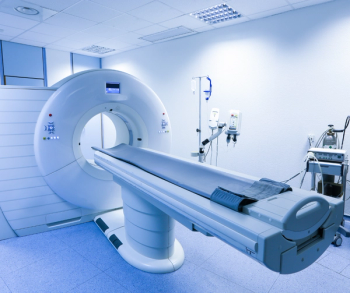
The Food and Drug Administration (FDA) has given the green light to Bayer to import foreign-labeled iopromide (Ultravist) to help alleviate ongoing supply challenges with iodinated contrast media in the United States.

In a video interview, Jonathan Dillman, MD, MSc discussed a recently published statement from the American College of Radiology (ACR) that questioned the literature support for a March guidance from the Food and Drug Administration (FDA) about thyroid monitoring for children three years of age or younger within three weeks of exposure to iodinated contrast media (ICM).

Catch up on the top radiology news of the past week.
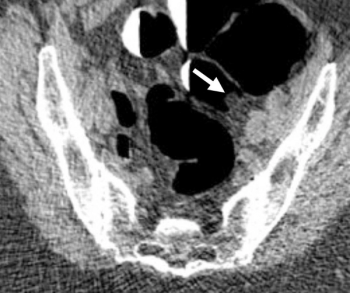
Citing “insufficient” evidence, the Centers for Medicare and Medicaid Services (CMS) has declined a formal request by the American College of Radiology and multiple patient advocacy groups to reevaluate the lack of Medicare and Medicaid coverage of computed tomography colonography (CTC) for colorectal cancer screening.

The addition of Biodesix’s Nodify Lung nodule risk assessment tool to Philips’ lung cancer patient management system may enhance diagnostic efficiency and facilitate improved management of high-risk patients.
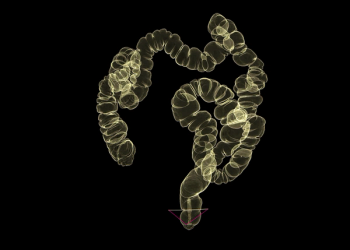
In a large study looking at the use of colorectal cancer screening techniques (including computed tomography (CT) colonography) between 2000 and 2018, researchers found that the 50 to 54 age group had the lowest increases in screening and a significantly higher chasm of racial and socioeconomic disparities in comparison to other age groups.